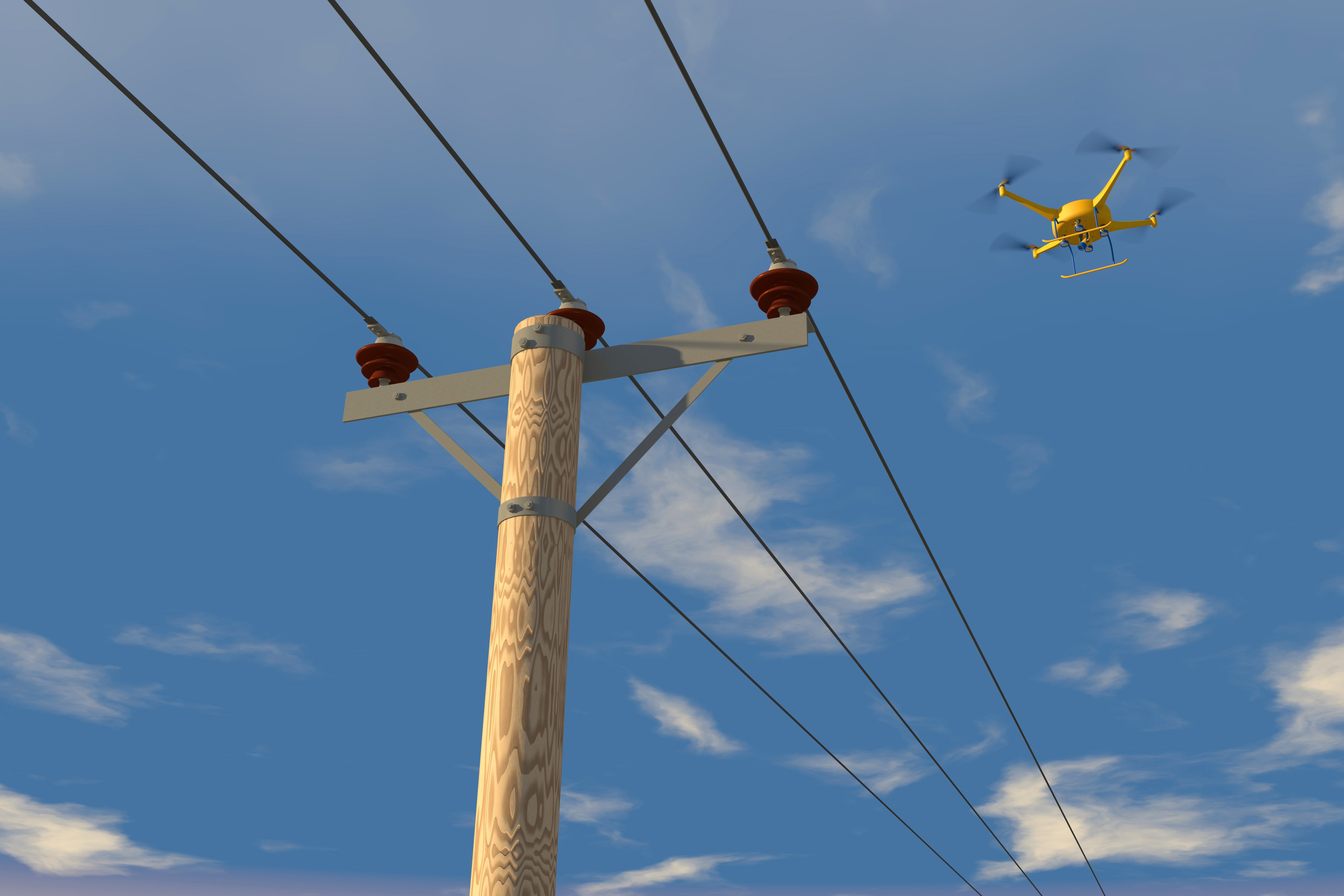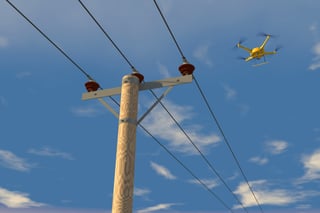How Drones Have Changed the Utilities Industry

 Drones—used solely for military purposes for decades—have proven to be valuable, adaptable and easy-to-use multipurpose tools that help provide organizations a more affordable, efficient and safer way to do business and a faster and smarter way to track and collect invaluable data.
Drones—used solely for military purposes for decades—have proven to be valuable, adaptable and easy-to-use multipurpose tools that help provide organizations a more affordable, efficient and safer way to do business and a faster and smarter way to track and collect invaluable data.
Thanks in part to more regulatory clarification, technical innovations and reduced component costs, organizations of all sizes and industries are integrating drone technology in their daily business practices.
On the Rise and Here to Stay
Over the last few years, the drone industry has experienced explosive growth with thousands of commercial pilots entering the industry and hundreds of millions spent on drone services.
Take a look at these numbers.
In its annual aerospace forecast released in March of this year, the Federal Aviation Administration (FAA) anticipates that between 2016 and 2021 the number of commercial drones will increase at an average growth rate of 58.6 percent. According to the FAA, that means by 2021, commercial drone fleets could number anywhere from 442,000 to 1.62 million.
No doubt about it, commercial drone fleets are taking off. Innovative and impactful commercial uses are emerging across sectors every day, including agriculture, delivery, architecture, construction, engineering, environmental, media, wireless internet access, and two others that we will take a closer look at here – oil/gas and utilities.
Drones in the Oil/Gas Industry
Drone technology is increasingly being used by the oil and gas industry for a number of tasks, including monitoring, survey and inspection. The reasons are pretty straightforward: time, money, reliability and safety.
In both oil refineries and oil and gas fields, survey and inspection work can be complex and must be carefully planned and perfectly executed to avoid spills, production outages or unplanned shutdowns that can seriously damage the bottom line.
Using traditional methods for inspection, monitoring, detecting or locating leaks and damages is often time-consuming, expensive and dangerous, with workers putting their lives at risk to get the job done. Using drones in place of manpower for tasks such as corrosion detection, analysis of cracks, leaks and spillage is not only more cost effective and efficient (completing work that normally would take weeks to days) , but it is much safer and much more reliable.
It’s safer because drones can easily navigate any environment, which eliminates putting workers in risky situations. And it’s more reliable, as drones are equipped with cameras and sensors that provide real-time, high-quality images and data, so problems can be addressed quickly and/or data and images stored for future purposes, such as planning and preventative maintenance.
Drones in the Utilities Industry
Just as in the oil and gas industry, drone interest and integration by the utilities industry is rapidly growing. And with benefits such as reduced costs, improved safety and increased efficiency, it’s easy to understand why.
Inspecting and monitoring infrastructure, such as power lines, transmission towers, wind turbines and pipelines, often requires working in hard-to-reach places, which can be extremely dangerous. Additionally, inspections and monitoring can be time-consuming and expensive.
Drones solve these issues with ease. With the capability to glide over any type of terrain, locations that are hard to reach by traditional methods are easily reachable—reducing time, cutting costs and making safety concerns pretty much a non-issue.
While on the job, drones obtain high-quality, detailed images that pinpoint damage, corrosion and other problem areas and provide real-time data, which allows problems to be quickly resolved, as data retrieval by drones is much faster and more reliable than traditional ground or helicopter observation. In fact, a single drone captures the same data and images that would take two or three workers several hours to produce. And if dealing with leaks or downed lines, time is certainly of the essence in terms of safety and cost concerns.
For example, a sign of a methane leak is often dying vegetation around pipelines. With the capability of sending real-time images, costly and potentially hazardous problems can be quickly flagged, repairs expedited and damage mitigated using drone technology.
The Bottom Line
Drones are quickly becoming a game changer in the oil/gas and utilities industries, performing costly and dangerous inspections, in a fraction of the time and at a fraction of the cost. They improve safety, increase reliability and more quickly analyze malfunctions. In addition, the data collected promotes innovation, which helps organizations create a competitive advantage.
In a report released in May of this year, PwC, formerly PricewaterhouseCoopers, predicted the commercial drone market could grow from the current nearly $2 billion to more than $127 billion by 2020.
We expect oil and gas and utilities to be a big part of that growth.